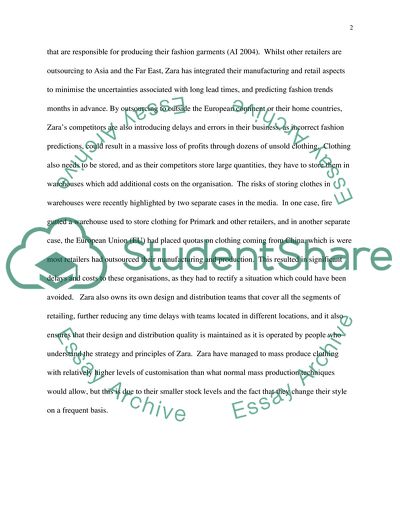Cite this document
(“Reasons of Zaras Success Driving Essay Example | Topics and Well Written Essays - 3500 words”, n.d.)
Reasons of Zaras Success Driving Essay Example | Topics and Well Written Essays - 3500 words. Retrieved from https://studentshare.org/marketing/1536435-zara-fashion-retailer-case-study-strategic-aspects-of-marketing
Reasons of Zaras Success Driving Essay Example | Topics and Well Written Essays - 3500 words. Retrieved from https://studentshare.org/marketing/1536435-zara-fashion-retailer-case-study-strategic-aspects-of-marketing
(Reasons of Zaras Success Driving Essay Example | Topics and Well Written Essays - 3500 Words)
Reasons of Zaras Success Driving Essay Example | Topics and Well Written Essays - 3500 Words. https://studentshare.org/marketing/1536435-zara-fashion-retailer-case-study-strategic-aspects-of-marketing.
Reasons of Zaras Success Driving Essay Example | Topics and Well Written Essays - 3500 Words. https://studentshare.org/marketing/1536435-zara-fashion-retailer-case-study-strategic-aspects-of-marketing.
“Reasons of Zaras Success Driving Essay Example | Topics and Well Written Essays - 3500 Words”, n.d. https://studentshare.org/marketing/1536435-zara-fashion-retailer-case-study-strategic-aspects-of-marketing.


